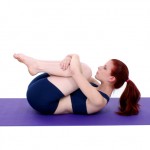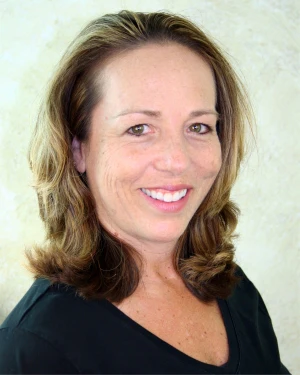 I’ve been focusing a bit more on my own Pilates workouts lately – and it’s such fun to discover new things about the same old exercises I’ve been doing and teaching now for fifteen years! It’s never boring, and regardless of whether I’m teaching a client, or giving myself a workout – I’m amazed at what I continue to learn about the benefits and subtleties of the Pilates system.
I’ve been focusing a bit more on my own Pilates workouts lately – and it’s such fun to discover new things about the same old exercises I’ve been doing and teaching now for fifteen years! It’s never boring, and regardless of whether I’m teaching a client, or giving myself a workout – I’m amazed at what I continue to learn about the benefits and subtleties of the Pilates system.
Here’s my revelation for the week! (or perhaps it’s just today’s revelation – and something else will pop up eager for me to share tomorrow.)
I’ve always cued my clients to begin learning their exercises with the awareness of working within the framework of the Pilates “Box.” Think about the torso from shoulder to shoulder, and hip to hip. Every exercise starts from the center of the box, moves away from, and back to center. The farther away from center you move, the stronger you have to be to maintain balance, control, and core support for your exercise or movement. Feeling where the corners of the “box” are help create an awareness of being evenly distributing your weight and staying centered. Great concept!
So when the knees bend in towards the chest on any exercise where should they go?
I encourage clients to stay within the framework of their “Box” and here’s why:
When the knees don’t open wider than the body there are multiple benefits for strength, flexibility, joint range of motion, core stability and control.
Here are 5 Great Benefits for “Knees Over Chest is Best – For Pilates Training”:
- Better abdominal support for a safe and healthy back. The abdominal muscles have to pull in – out of the way when the thighs/knees pull in towards the chest. This cues the core muscles to work and get stronger while the legs are moving.
- This improved abdominal support, and the relationship with the thighs to the chest, provide a massaging action on the internal organs to assist the digestive system and elimination processes. If the knees open wide and the abdominals “pop” out to the front – support for the spine is lost, as well as the strength to hold the organs in a natural resting position in the torso.
- Strengthen the Adductor Muscles. The inner thigh muscles work more effectively to stabilize leg control, and guide the legs in a precise plane moving away from and back to center.
- Improve Knee Flexion. The medial hamstrings will do more work and get stronger as the legs bend in towards the body. This will help strengthen the knees and assist with smooth, controlled movement. (With the legs opening wider than the body the inner thighs and medial hamstrings might not be working much at all!
- Moving the legs while tracking within the Pilates Box, strengthens efficient alignment and allows the ball to drop in the hip socket to a good posterior-inferior position. This helps to develop a free full range of motion for the hip joint (which is necessary to maintain and improve bone density), trains the legs to move independently of the pelvis, and effectively stretches the glutes, and lower back. AND while all this is happening, you are maintaining support with the back and core muscles.
I encourage you to play with this concept and see how it feels.
With which Pilates exercises can you see value in thinking about the “Box” and Knees Over the Chest position?
Has this post changed your perspective on wide knees vs. knees over the chest?
I’d love to know what you think! Comments please….


0 Comments